REVISION NOTES
2.5.1 Understand the process of photosynthesis and its importance in the conversion of light energy to chemical energy
Photosynthesis:
Importance of photosynthesis:
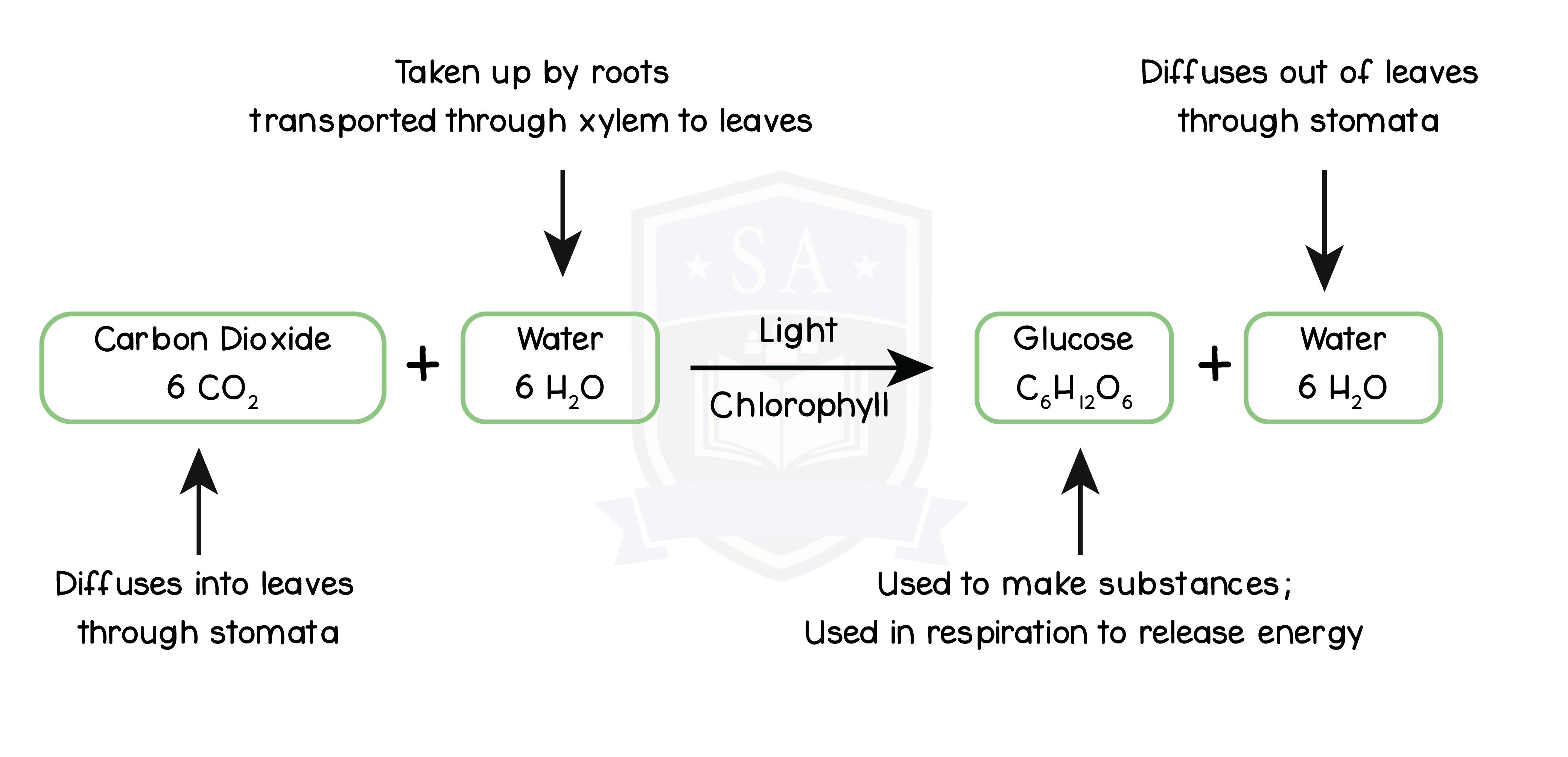
2.5.2 Know the word equation and the balanced chemical symbol equation for photosynthesis

2.5.3 Understand how varying carbon dioxide concentration, light intensity and temperature affect the rate of photosynthesis
Effect of CO2 concentration:
Effect of light intensity:
Effect of temperature:
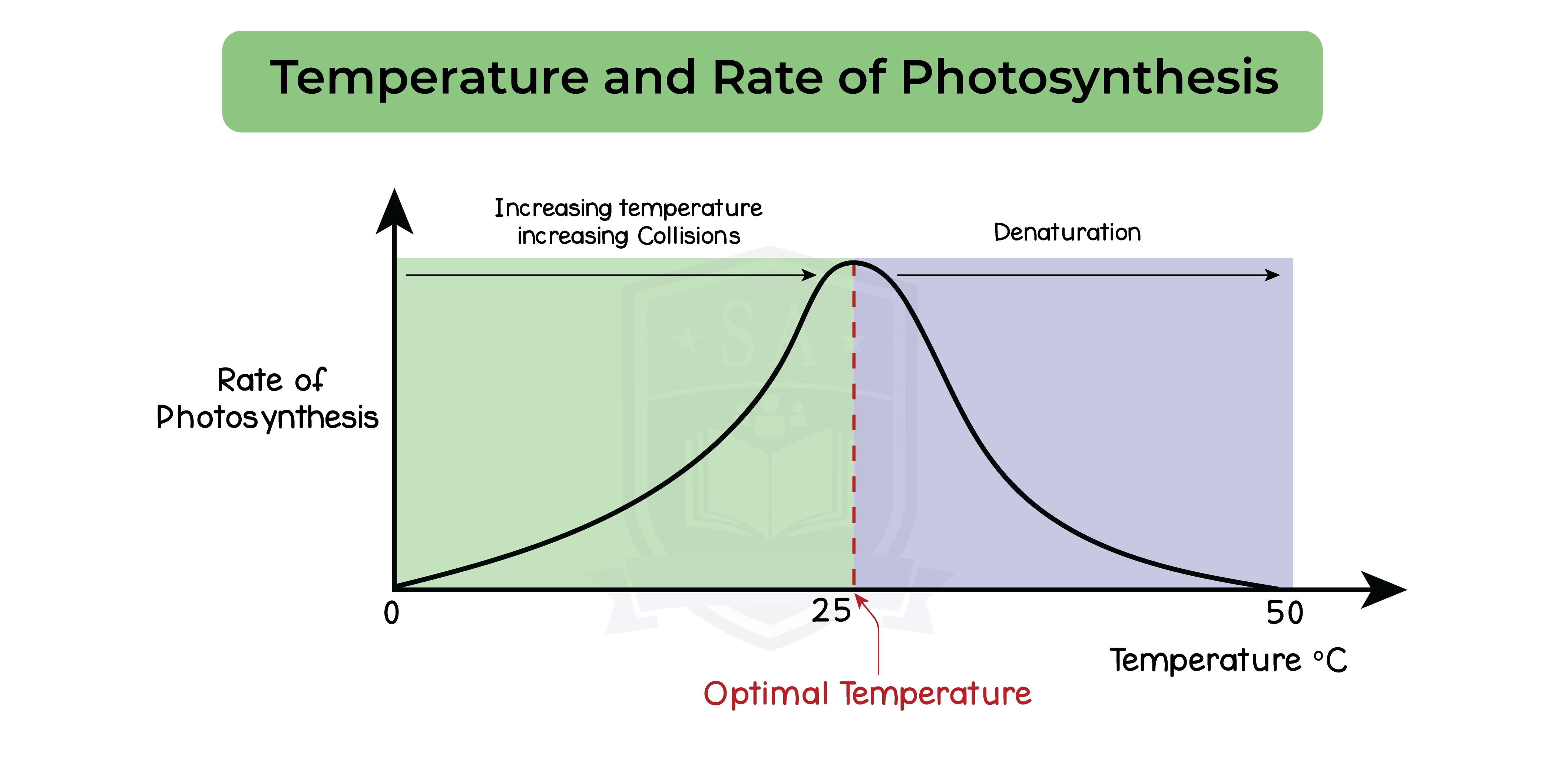
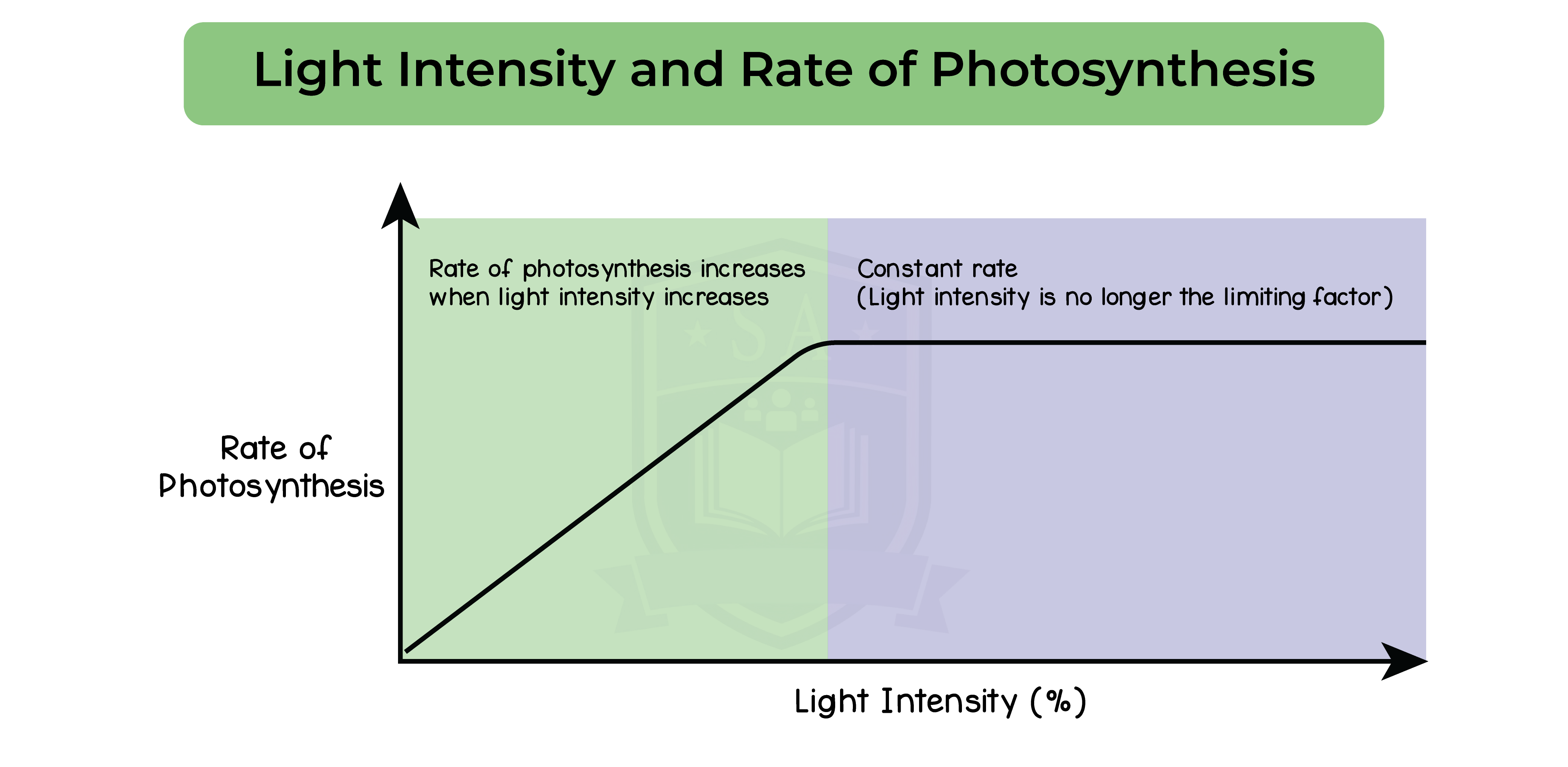
2.5.4 Describe the structure of the leaf and explain how it is adapted for photosynthesis
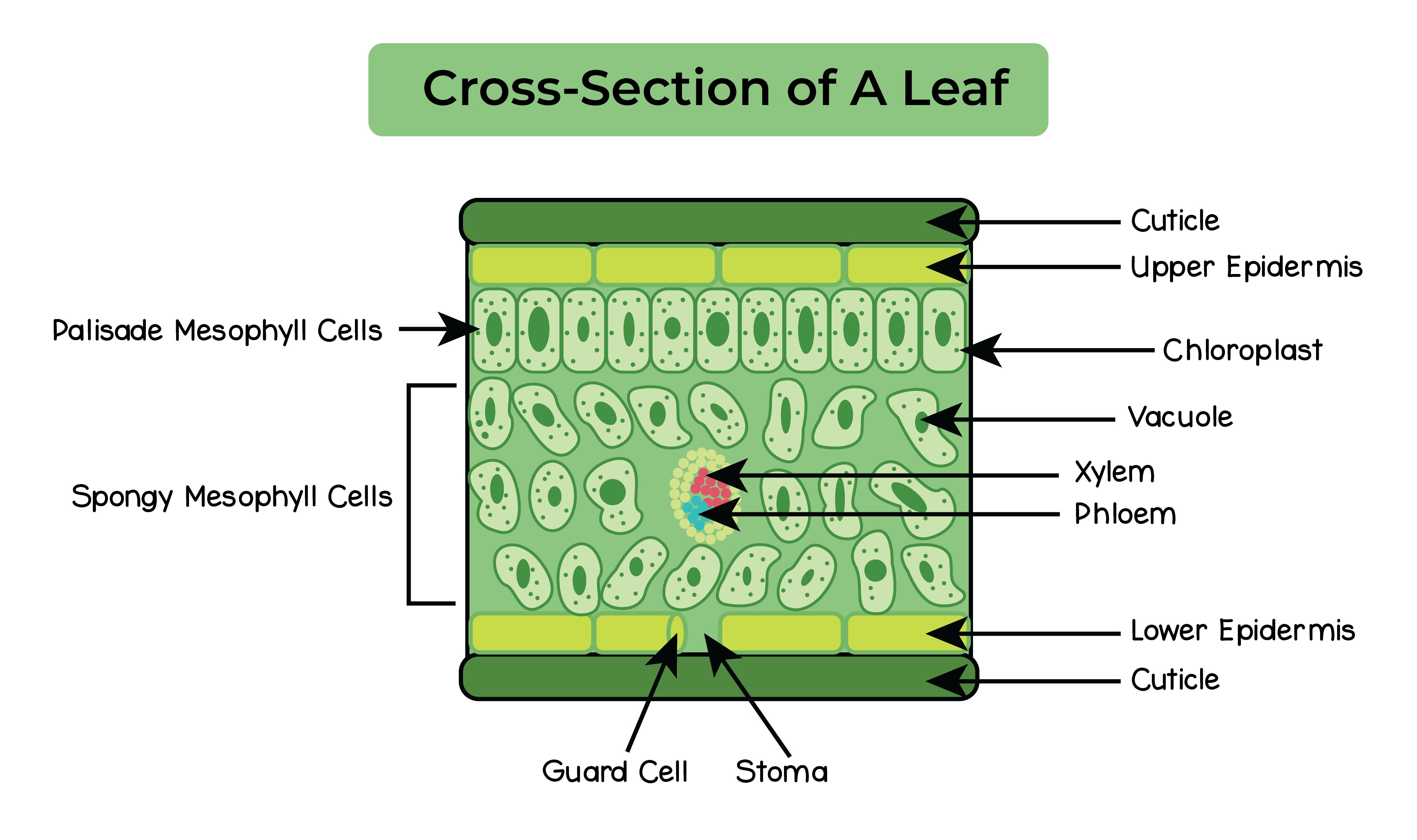
2.5.5 Understand that plants require mineral ions for growth, and that magnesium ions are needed for chlorophyll and nitrate ions are needed for amino acids
Magnesium
Nitrate
Causes leaves to turn yellow and stunted growth
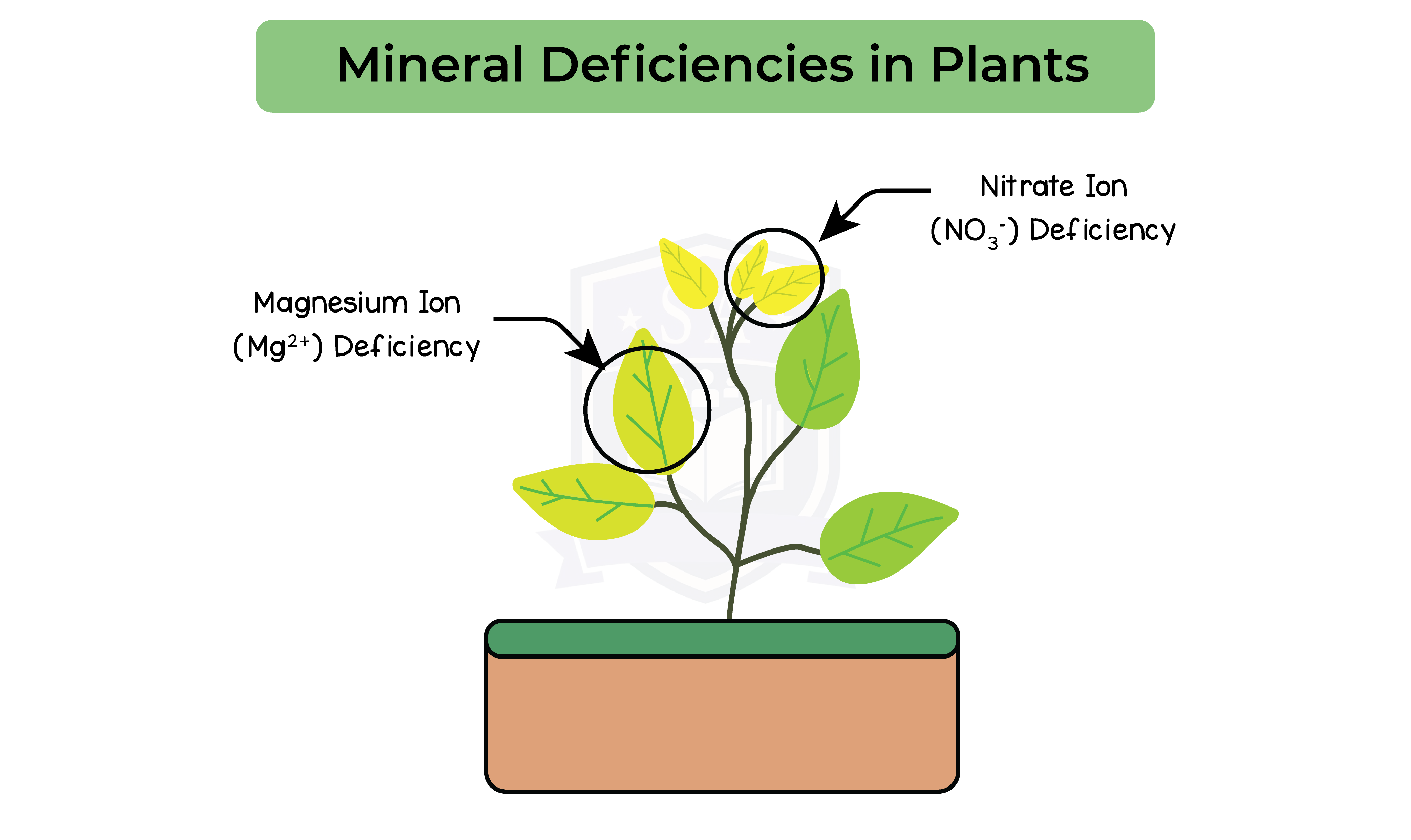
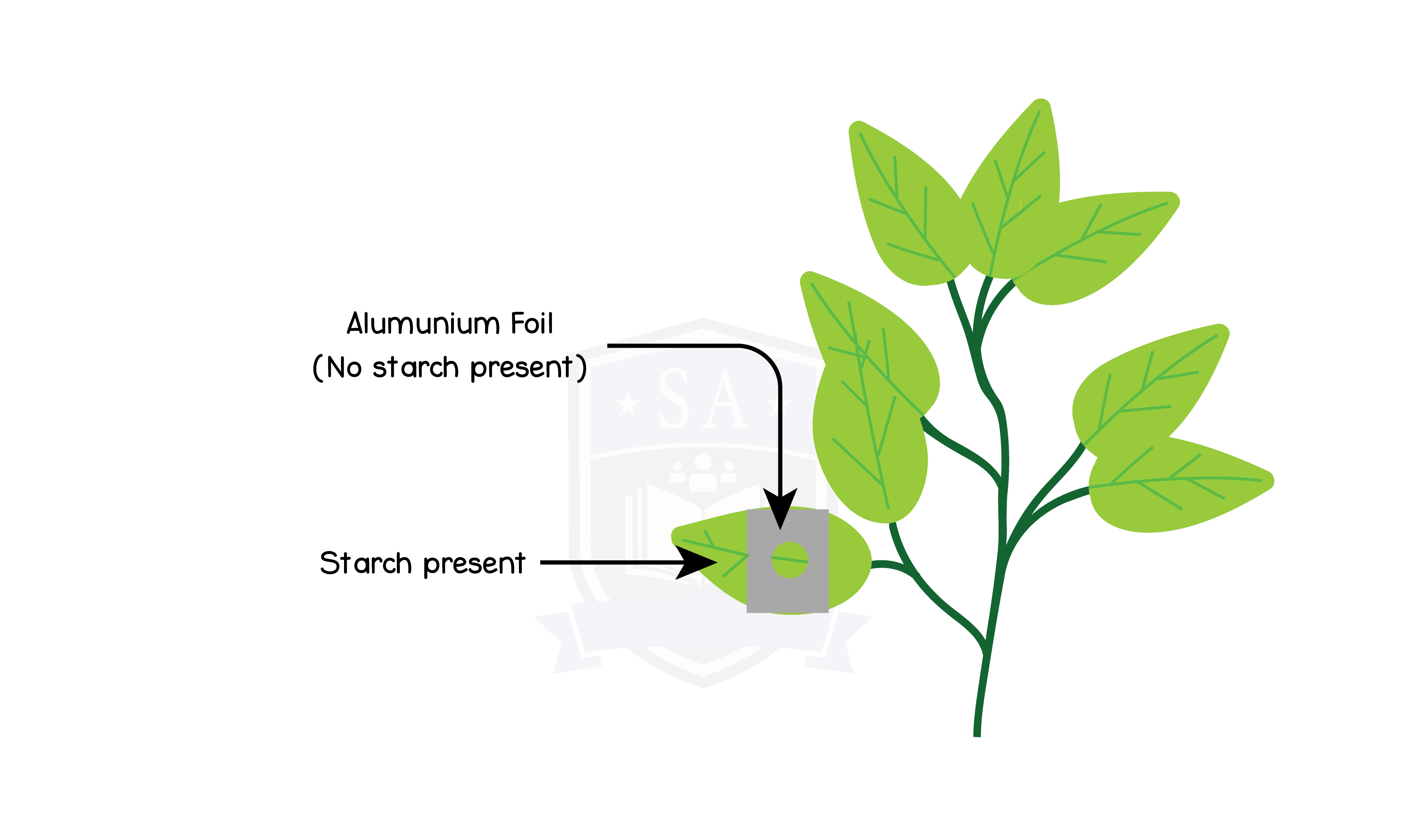
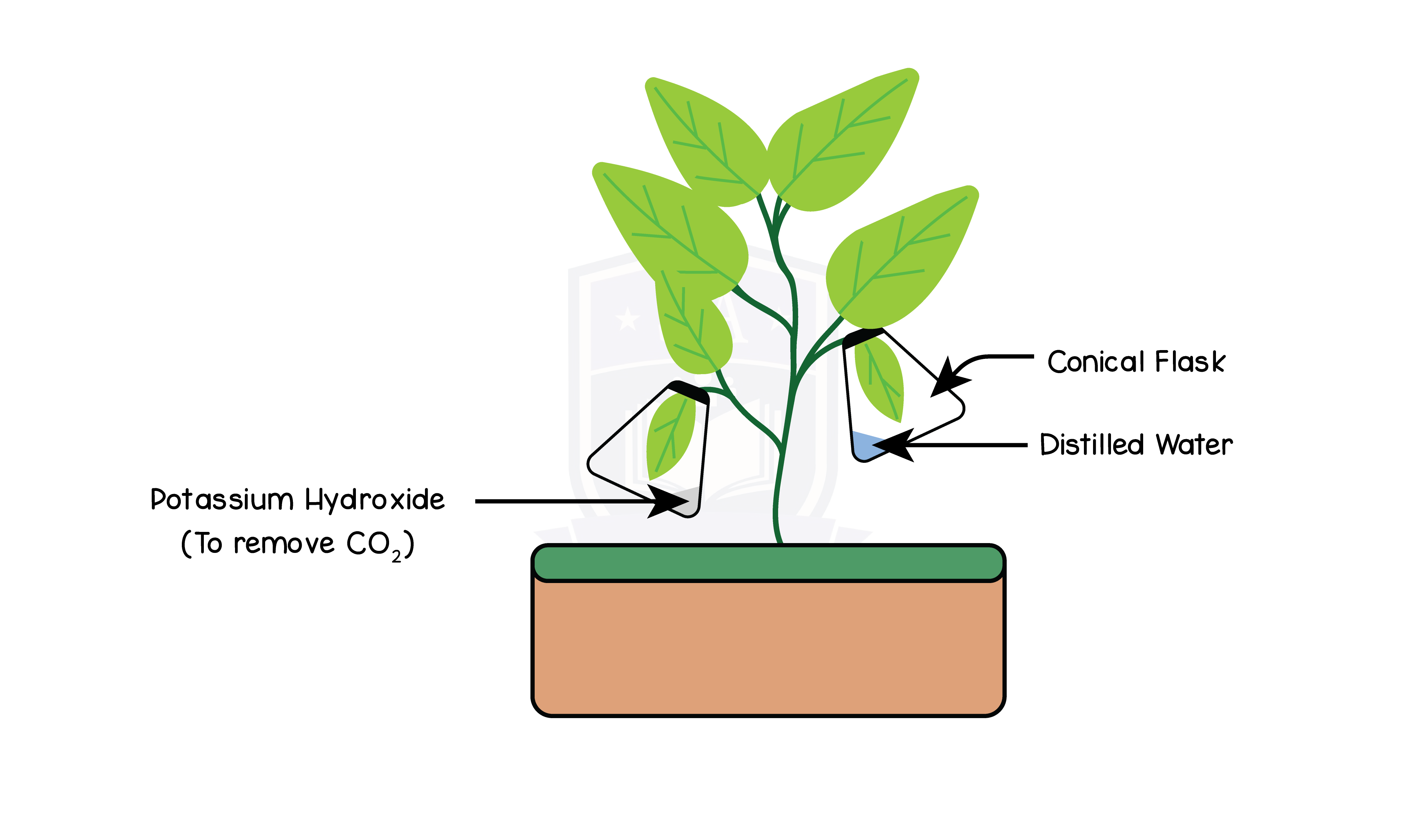
2.5.6 Practical: investigate photosynthesis, showing the evolution of oxygen from a water plant, the production of starch and the requirements of light, carbon dioxide and chlorophyll
Evolution of oxygen practical:
Evolution of oxygen explanation:
Requirement of light practical:
Method 1:
Results:
Requirement of CO2 practical:
Results:
Requirement of chlorophyll practical:
Results:
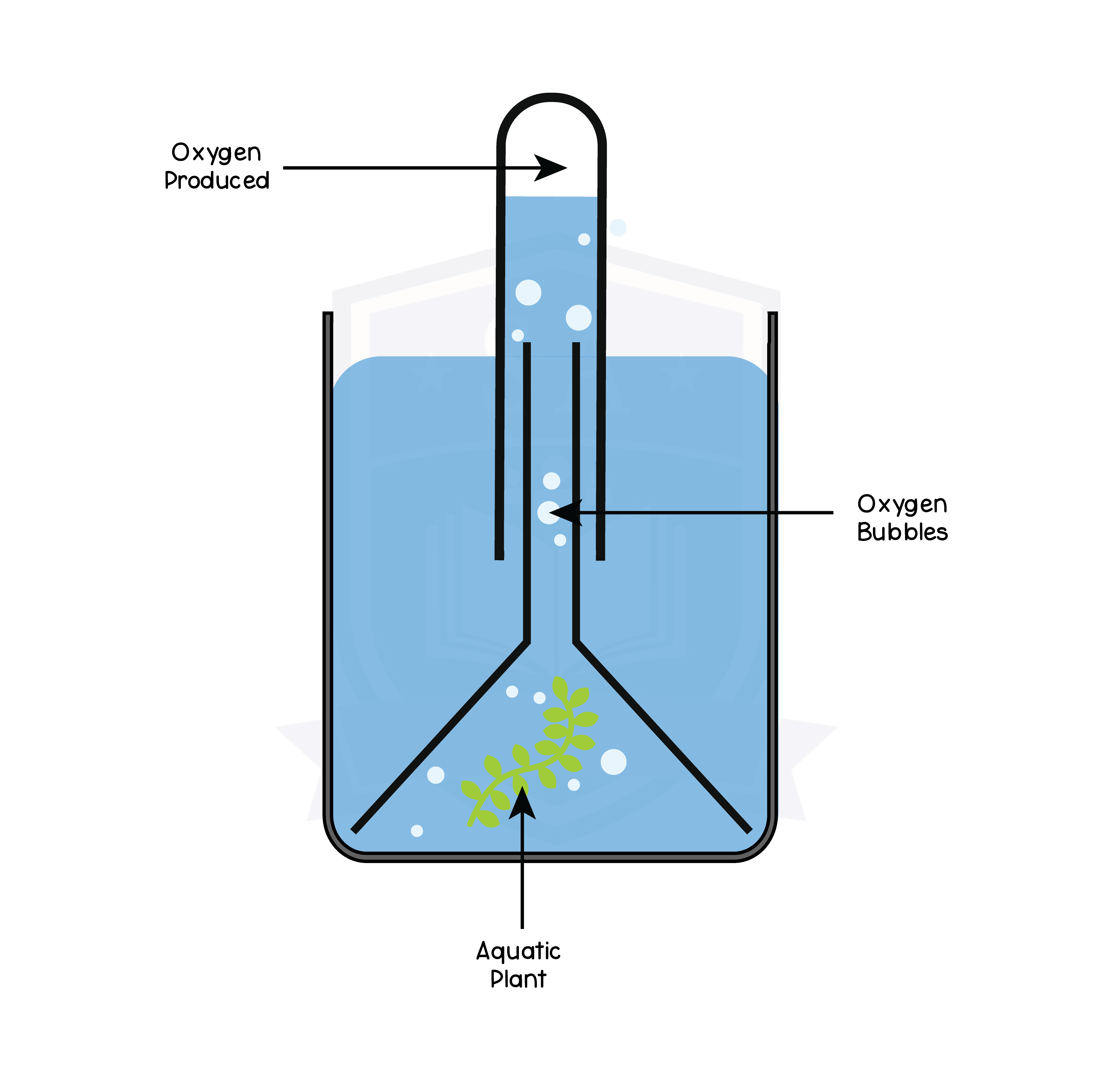
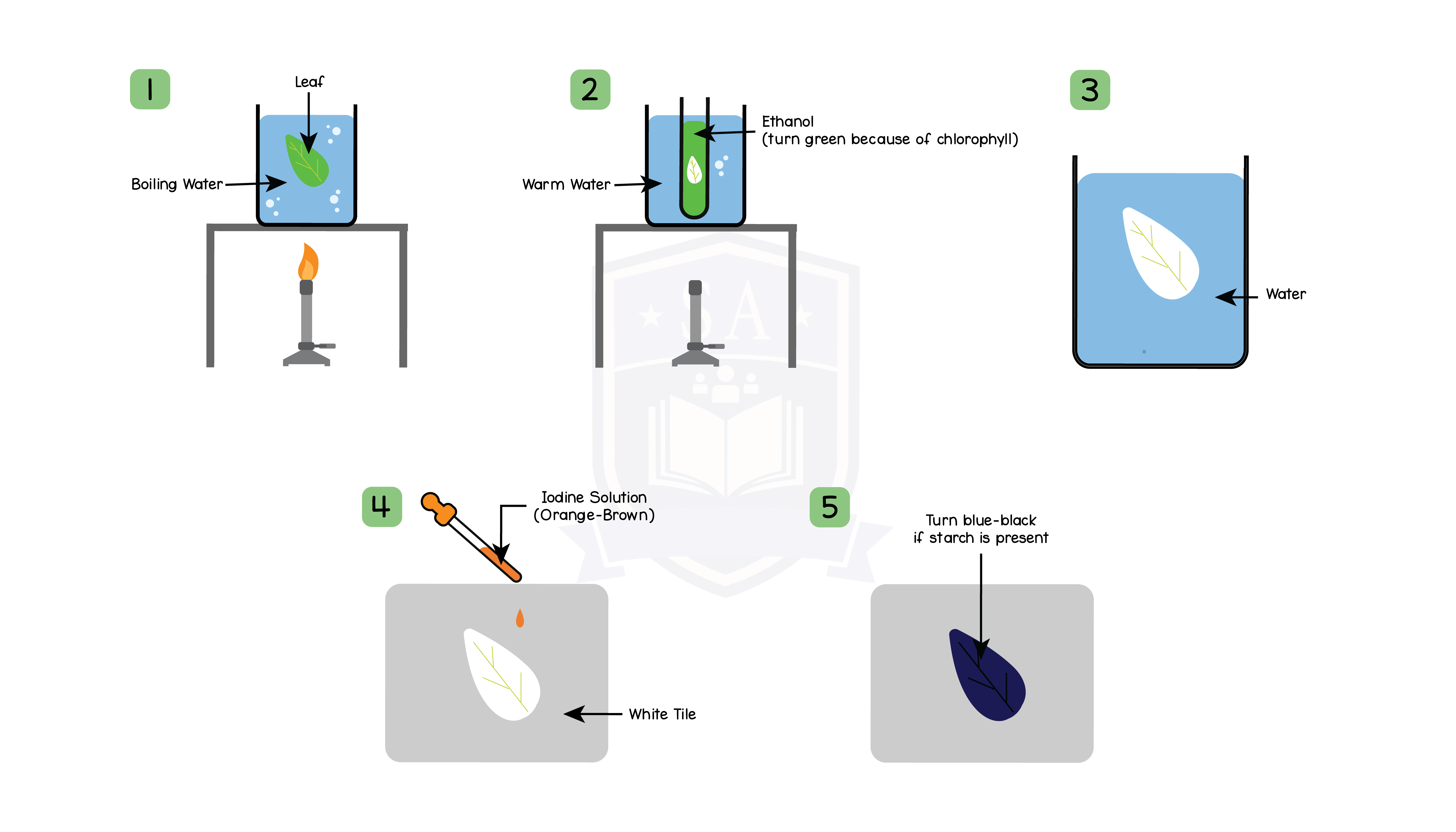

© 2025 Studia Academy. All rights reserved.